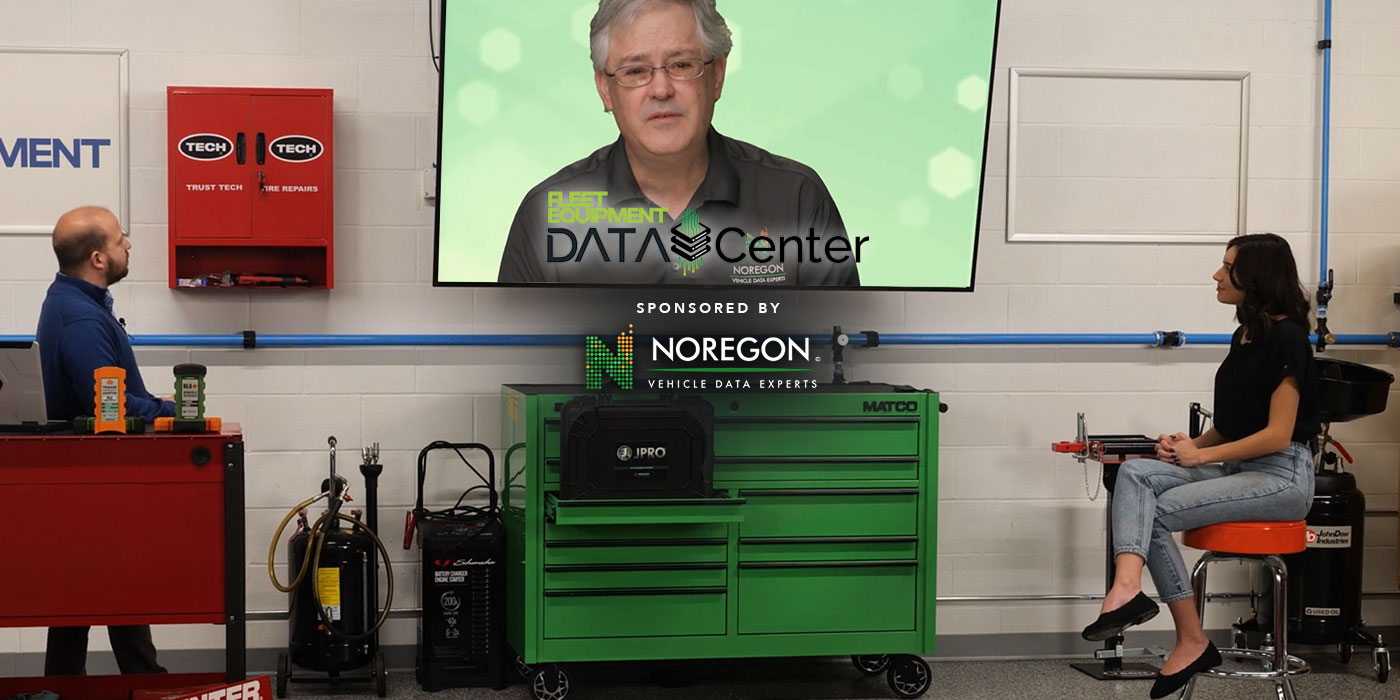Weak batteries that worked fine in the warm weather all of the sudden can’t provide the energy to crank the engine when the temperature starts to drop. This is because the heat speeds up the aging process for the battery.
Winter is just when we actually see the effects of the summer heat.
It can lead to the degradation of components and increased grid corrosion. The rule of thumb is that for every 10° increase in temperature, the life of that component is reduced by about 50%.
There are a couple of things that can be done to lessen temperature impact. For one, drivers can disconnect the batteries from any electrical loads while a truck is sitting idle. Running engines on a weekly basis is also another habit that may benefit the life of the battery.
So what should drivers be on the lookout for? What are the warning signs that a battery is facing burnout?
Don’t neglect to charge the battery while it’s not being used – this should be done once a month, or leave a trickle charger on them to allow for a more efficient and continuous charge so your battery is always ready to go.
To find out what drivers should be on the lookout for and to identify battery burnout warning signs, watch the video above.
Fleet Equipment’s Data Center is sponsored by Noregon. Subscribe to our newsletter to catch every episode as we’ll be diving into use cases, talking with the data pros and making data usage approachable.













